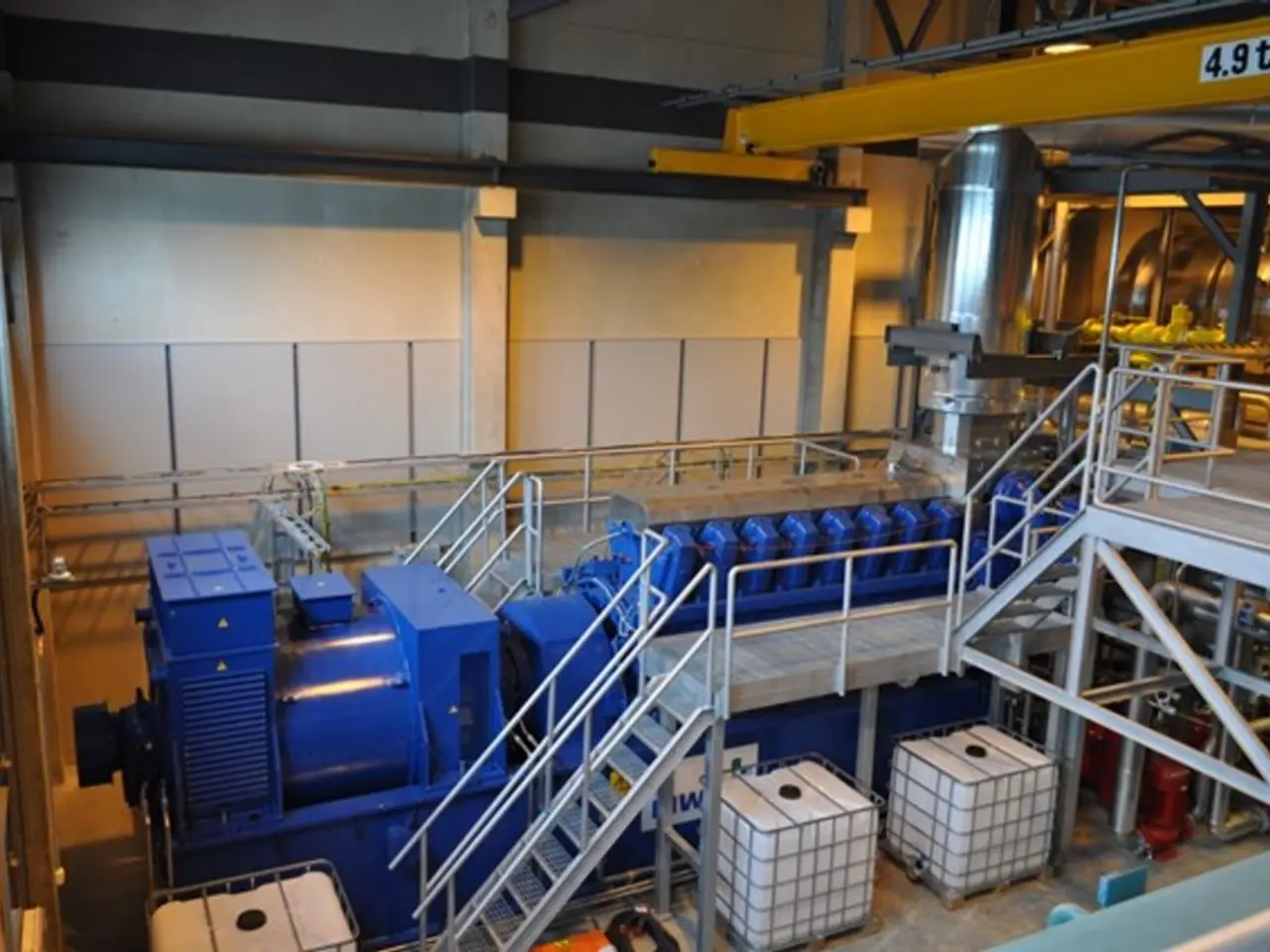Navigating Reduced Construction Congestion: A Test
In the heart of European cities, urban construction traffic is causing chaos, and the need for action is urgent. Up to 30% of tonnage carried within cities is related to construction sites, leading to congestion, increased costs, and environmental degradation [1].
The construction industry, known for its slow pace of innovation, faces unique challenges in logistics. Spatially dispersed construction sites make the delivery and storage of materials a significant hurdle. Moreover, finding industry leaders advocating for solutions is challenging due to the lack of short-term benefits [2].
However, there are strategies that can optimize urban construction logistics to reduce waste, traffic, and associated costs.
One such approach is adopting zero-emission construction practices (ZECS). Cities like Utrecht and Oslo are leading the way by mandating zero-emission machinery and transport at construction sites, significantly cutting emissions, air, and noise pollution, and associated external costs [1][2]. Utrecht's roadmap includes progressively strict requirements for zero-emission vans and freight transport by 2028-2030, accompanied by procurement guidelines encouraging consolidated transport, construction hubs, and waterborne transport to reduce traffic [1][2].
Another strategy is implementing citywide BLVC (Build-Deliver-Load-Collect) frameworks and construction hubs. By consolidating deliveries and material handling at logistics hubs, cities can reduce the number of vehicle trips, improve efficiency, and lower CO2 emissions from freight [1][3].
Green public procurement (GPP) and embedding sustainability criteria in tenders can also push the market towards low-emission machinery, sustainable materials, and better waste management practices, which reduce embodied carbon and construction waste while saving costs over time [1][4].
Collaboration among public and private stakeholders is crucial. Municipalities can engage with private real estate developers and housing corporations to adopt minimum zero-emission standards and pre-construction agreements, which help align incentives, share costs, and accelerate the uptake of green logistics and construction methods [1].
These approaches create a comprehensive framework to optimize urban construction logistics, minimizing traffic congestion, waste production, air and noise pollution, and carbon emissions, ultimately reducing operational costs and improving urban quality of life in European cities [1][2][3][4].
It's important to note that a solution that works economically well for one construction site may not work for another. Fragmentation of loads is a major cause of urban transport inefficiency. Transport accounts for 15-20% of construction costs on average, making it a critical area for optimization [1].
Sustainability considerations are increasingly being incorporated into construction projects. Housing, office, and retail spaces, roads, and tramlines are among the areas needing construction and refurbishment. The full costs of urban construction have yet to be calculated, but it's clear that optimizing logistics can play a significant role in making these projects more sustainable and cost-effective [1].
In an article titled "Cutting back on traffic with construction consolidation centres", the challenges are discussed in depth, offering insights into how these strategies can be implemented to create a more efficient, sustainable, and livable urban environment [5].
References: 1. European Commission. (2021). Urban Freight Platform. Retrieved from https://ec.europa.eu/transport/themes/urban_logistics/urban_freight_platform_en 2. Utrecht Municipality. (2020). Zero Emission Construction Sites (ZECS) Roadmap. Retrieved from https://www.utrecht.nl/media/5663/ze-cs-roadmap-2020.pdf 3. European Commission. (2020). Green Public Procurement (GPP) in Construction. Retrieved from https://ec.europa.eu/environment/gpp/toolbox/sectors/construction_en 4. European Commission. (2019). Circular Construction. Retrieved from https://ec.europa.eu/info/publications/circular-construction_en 5. Construction News. (2021, March 1). Cutting back on traffic with construction consolidation centres. Retrieved from https://www.constructionnews.co.uk/analysis/2021/03/01/cutting-back-on-traffic-with-construction-consolidation-centres-115404/
- In the effort to combat climate change, the construction industry, particularly within environmental science, is exploring innovative strategies to optimize urban construction logistics, including adopting zero-emission construction practices and implementing citywide BLVC frameworks, which not only reduce traffic congestion and carbon emissions but also lower operational costs.
- The need for sustainable finance is crucial in this transformation as it provides the necessary funds to support green innovation within the construction industry, ensuring a more environmentally friendly approach towards urban construction and better quality of life in European cities.




